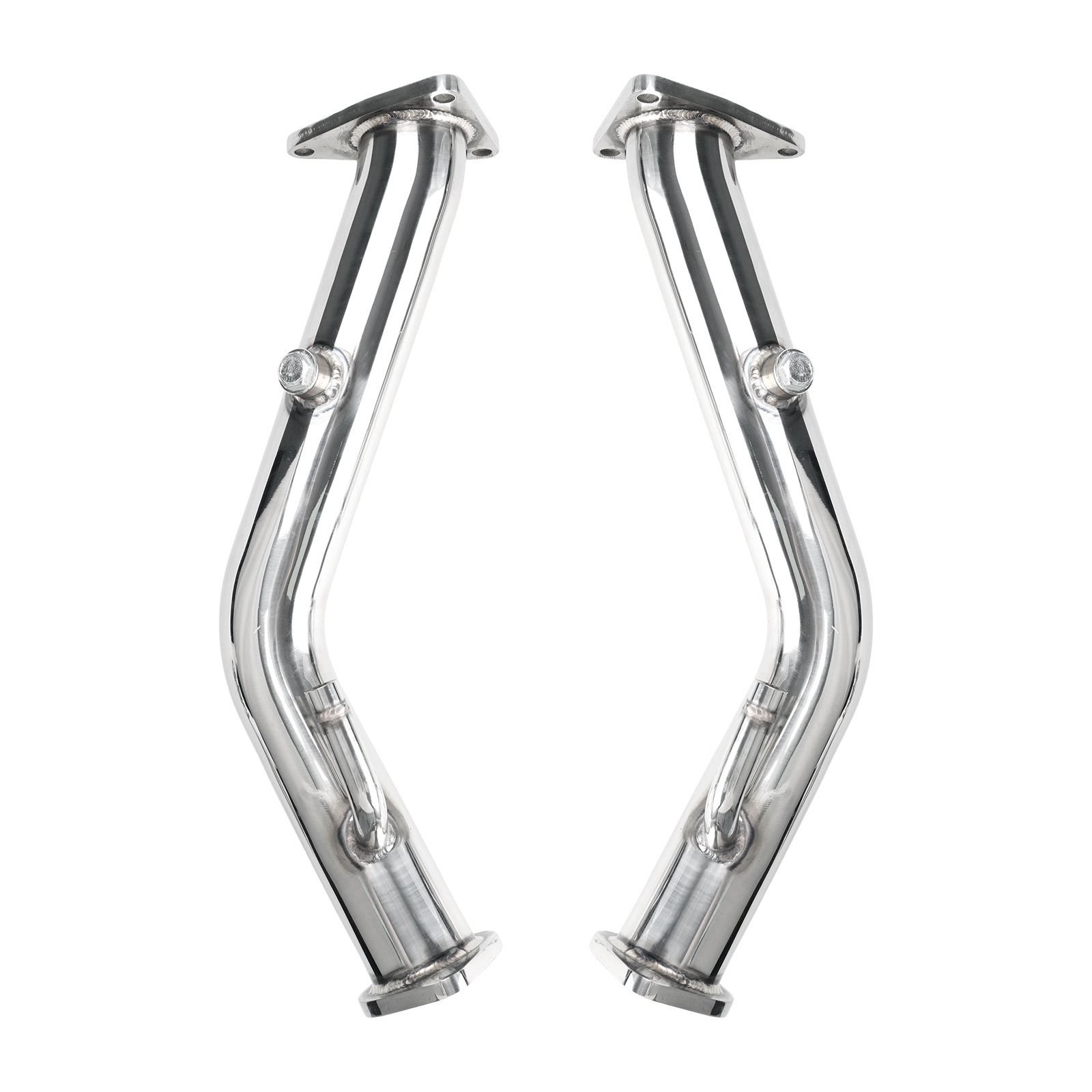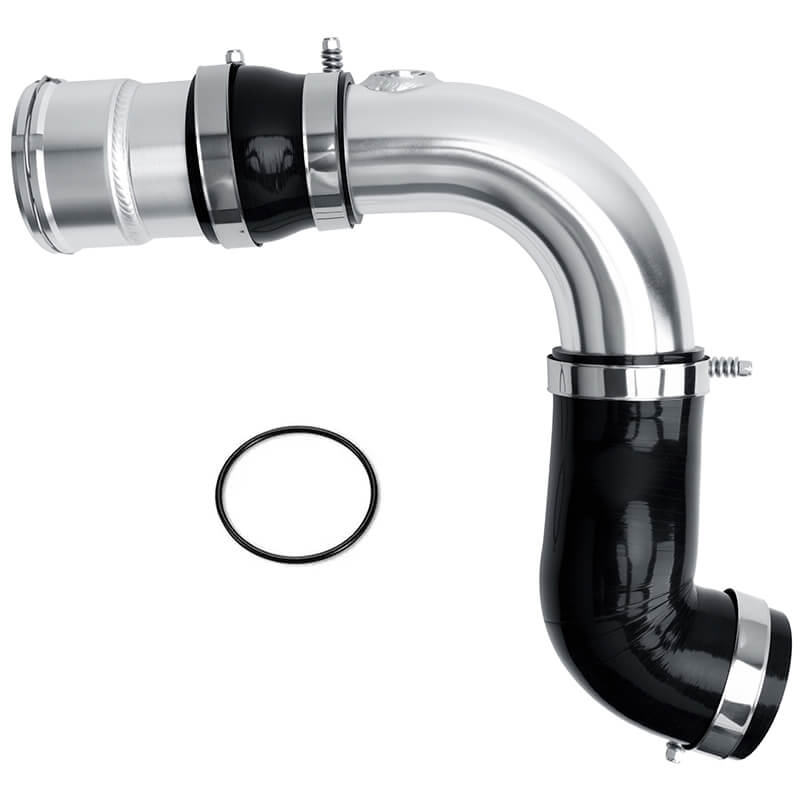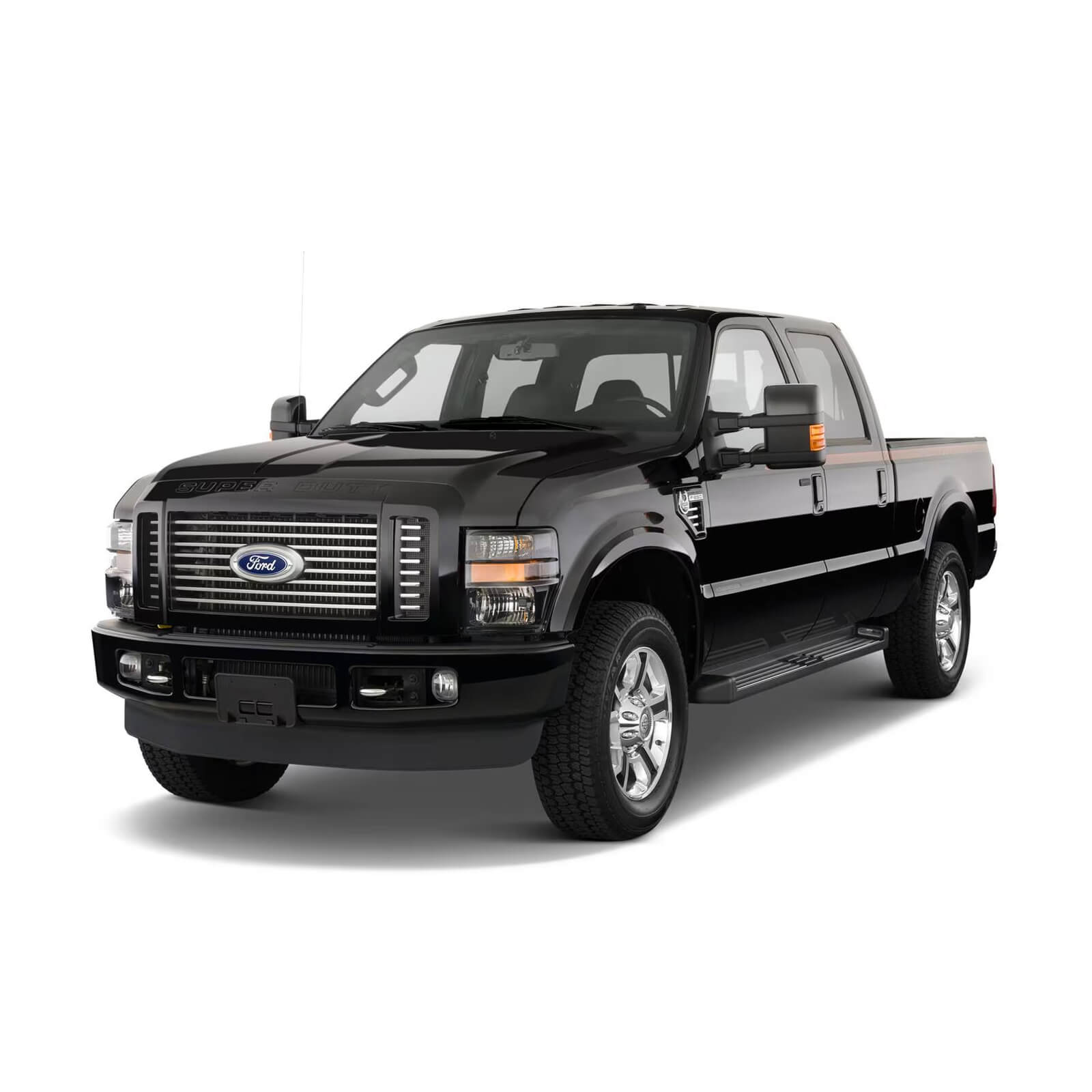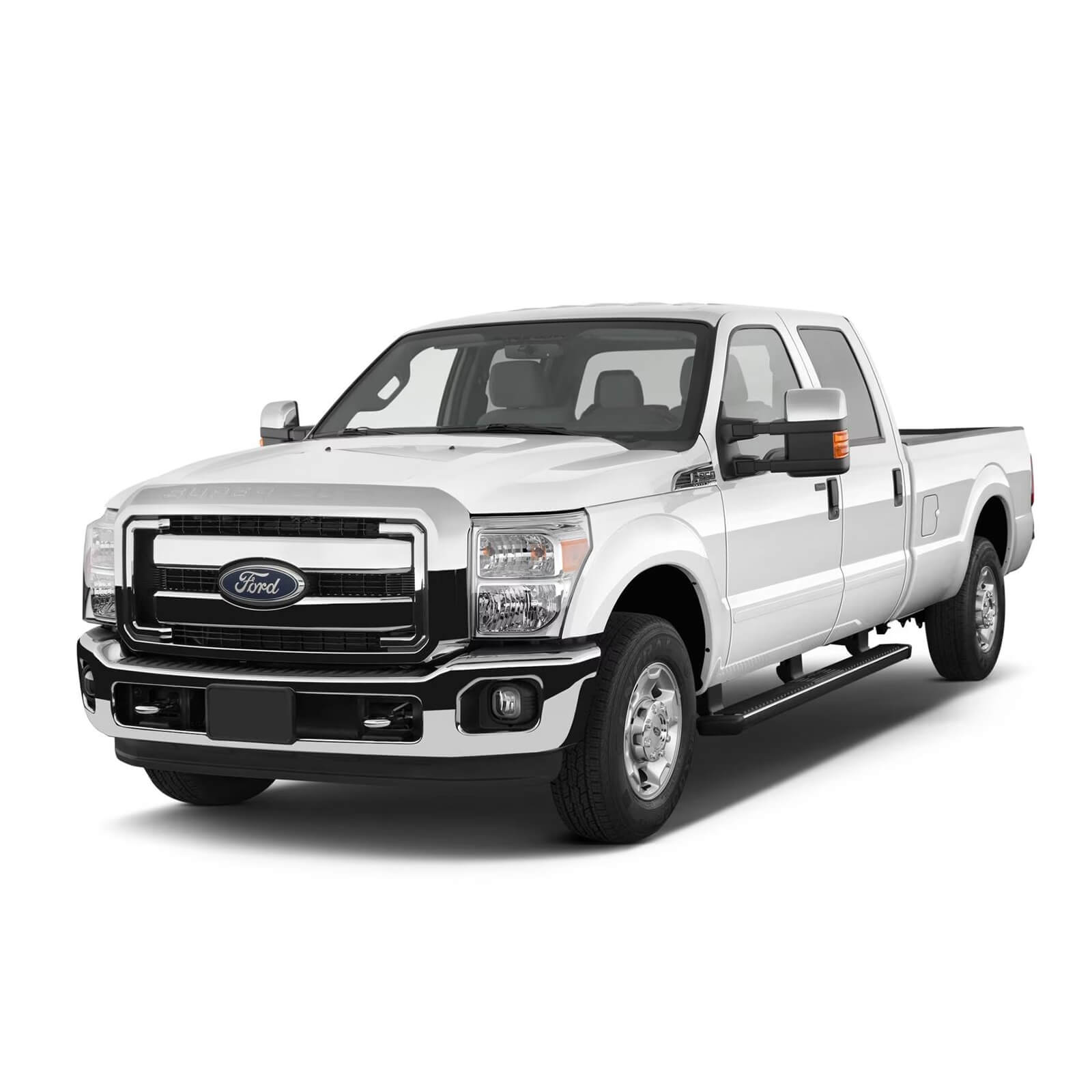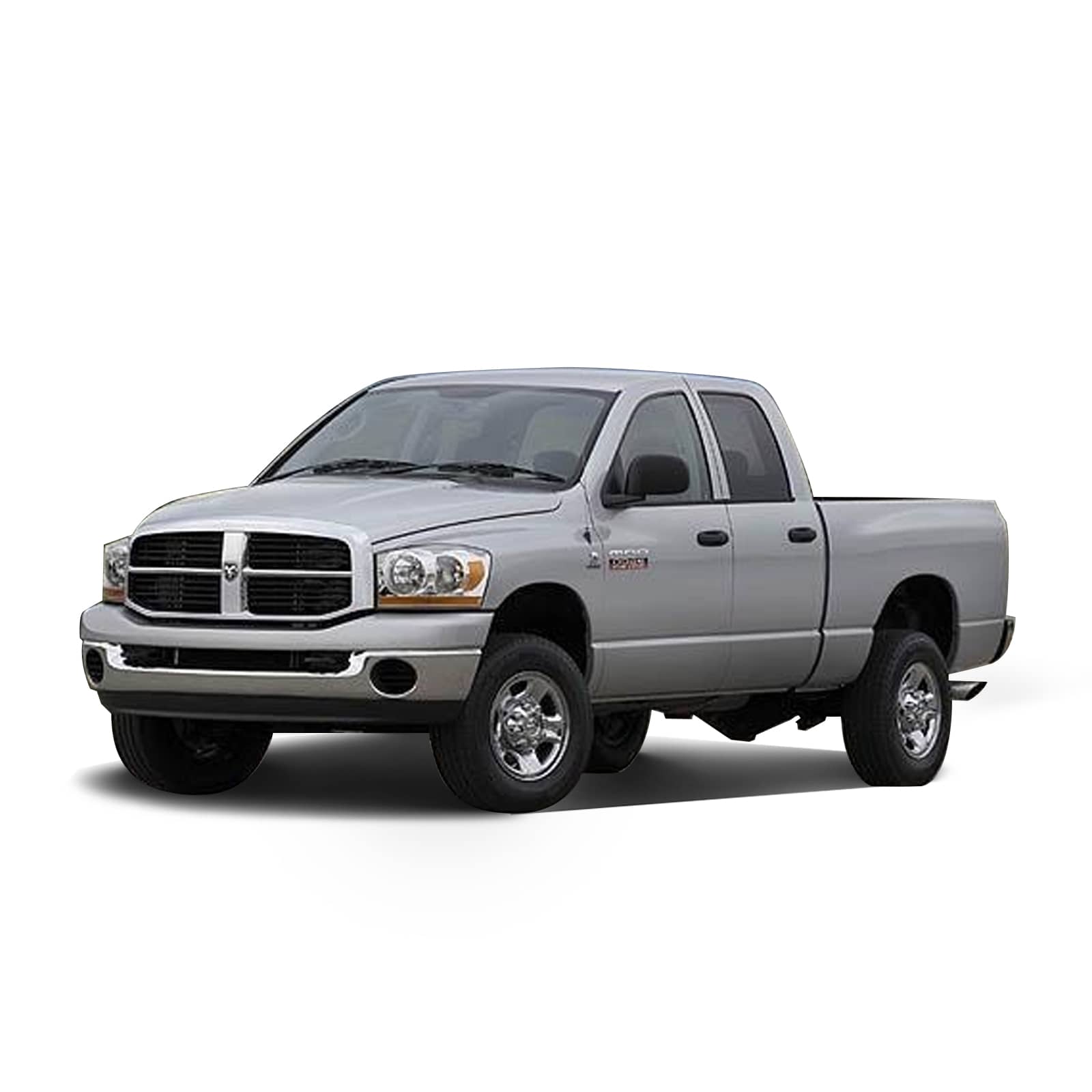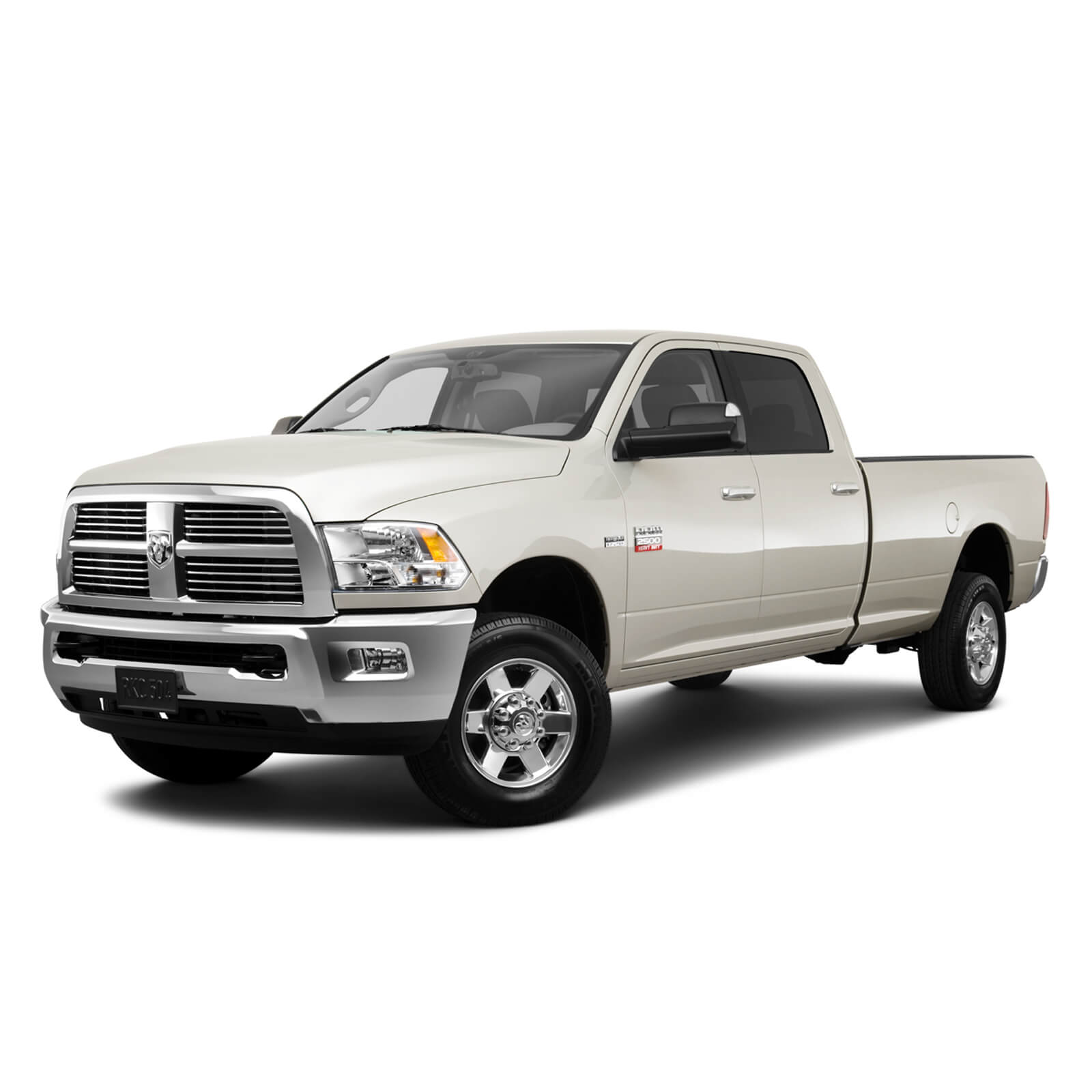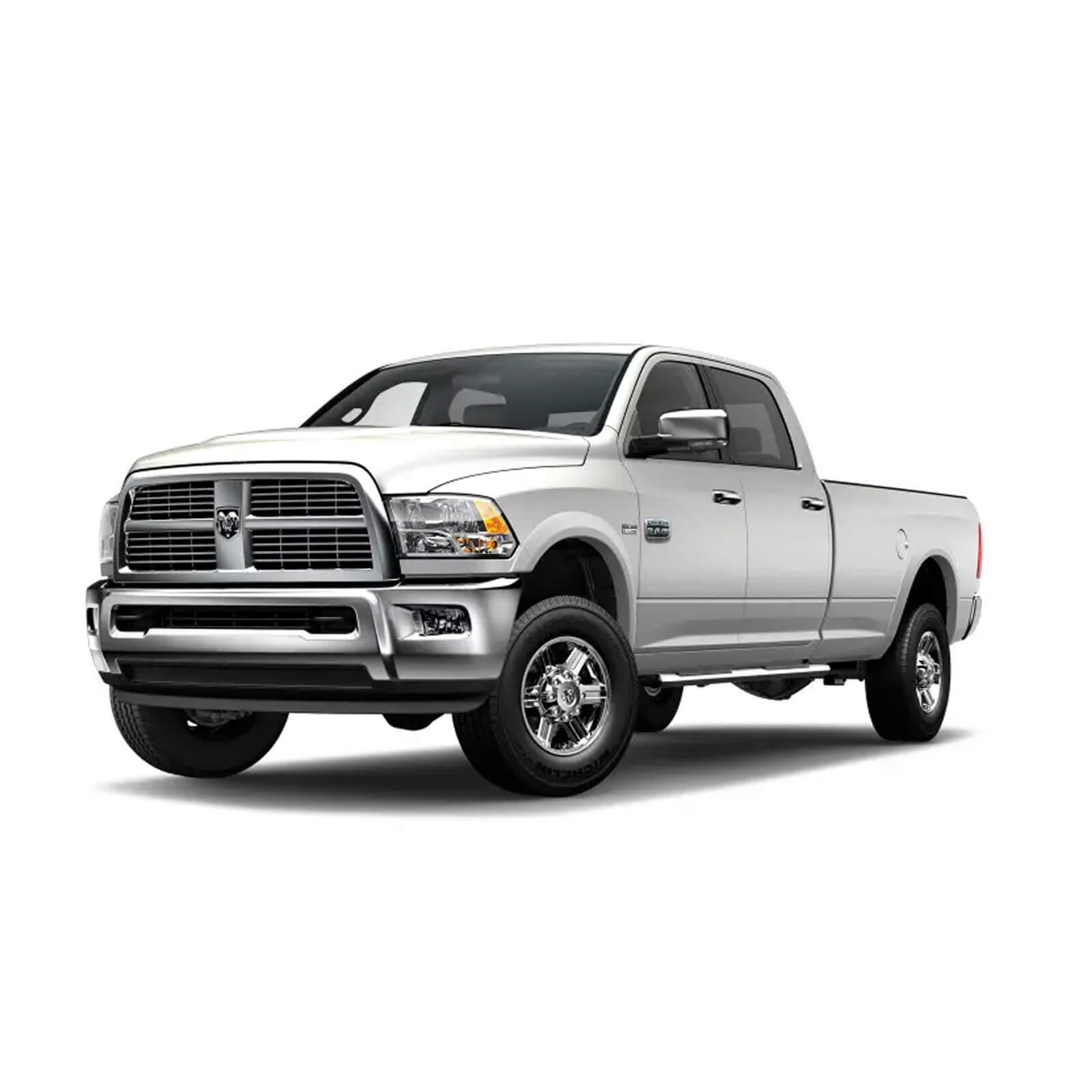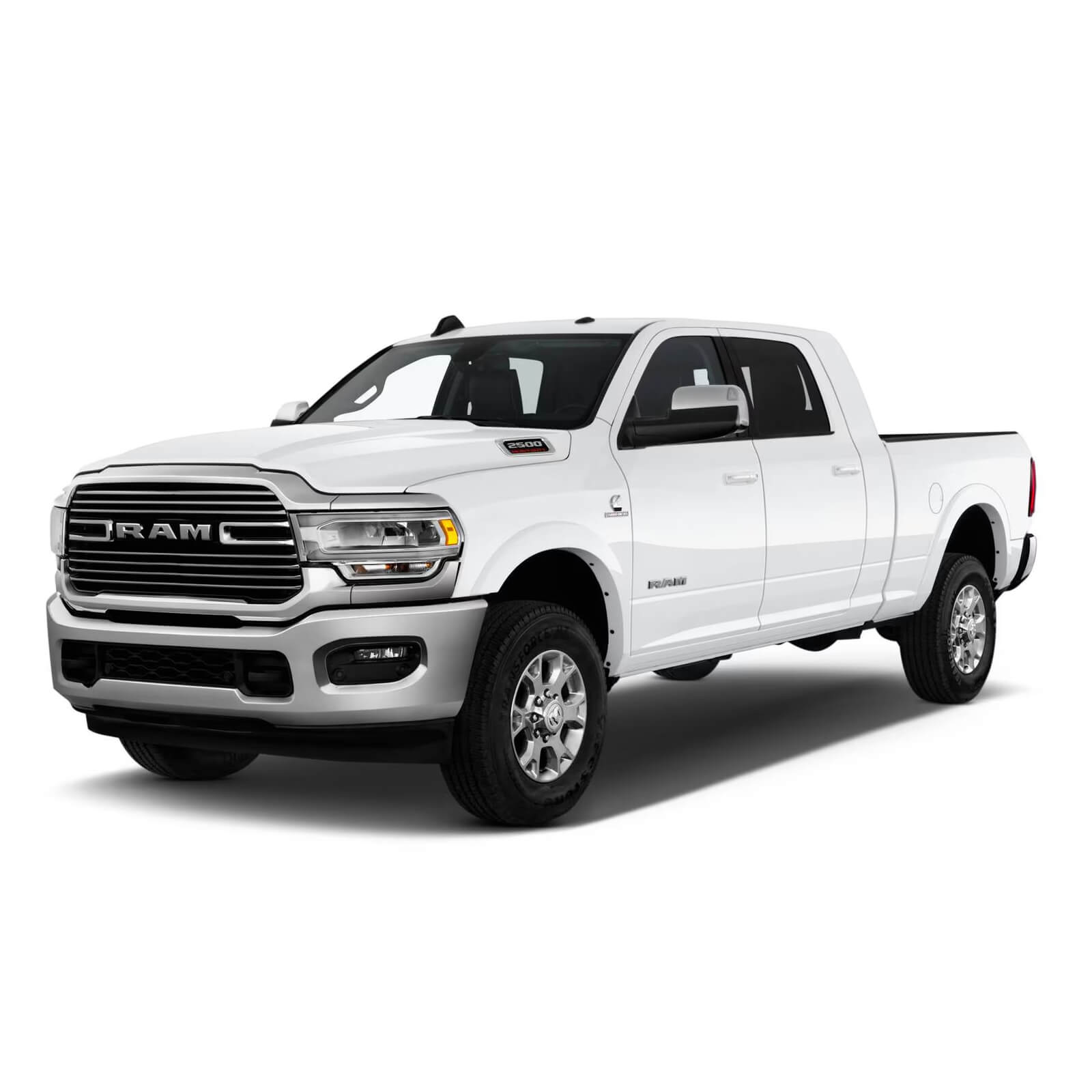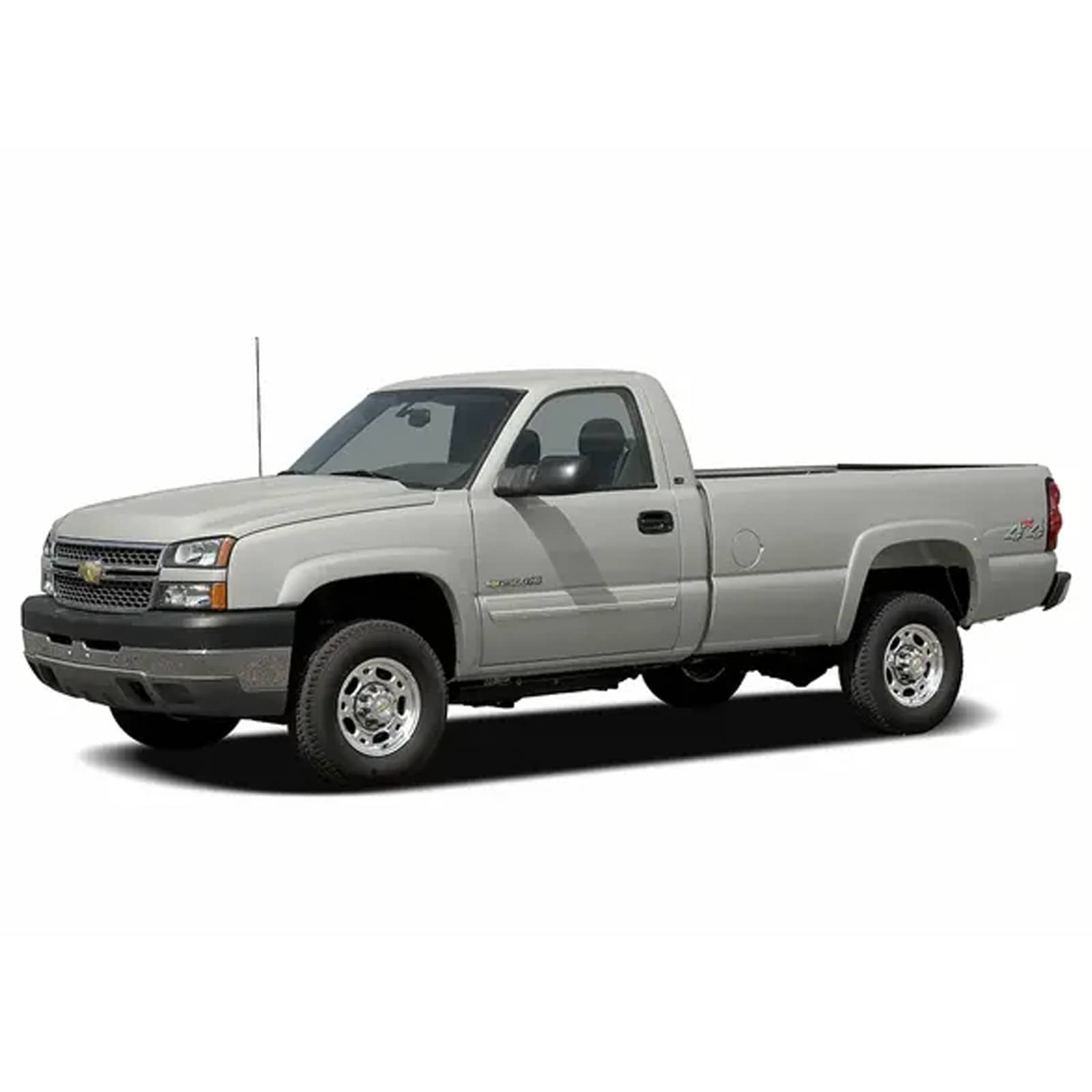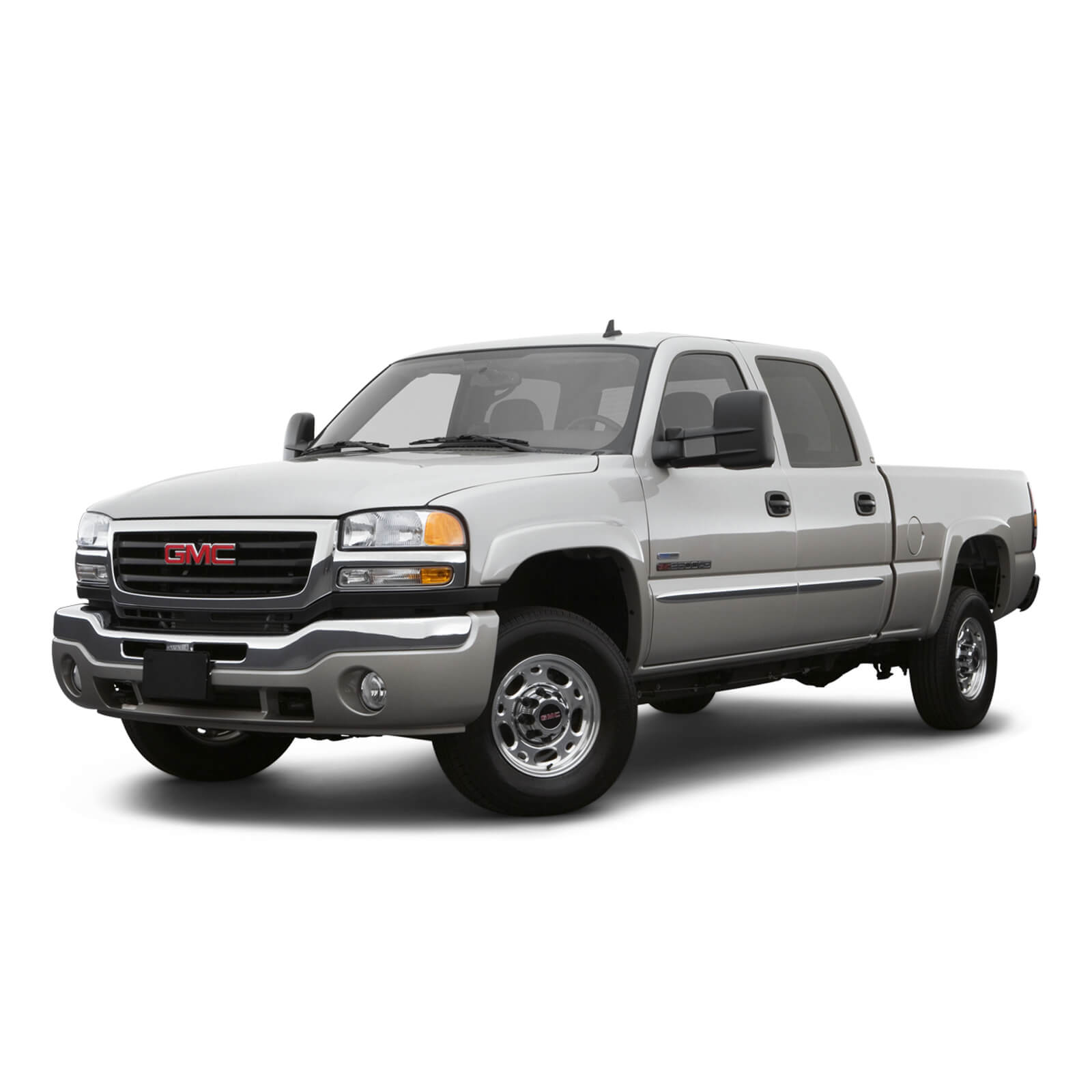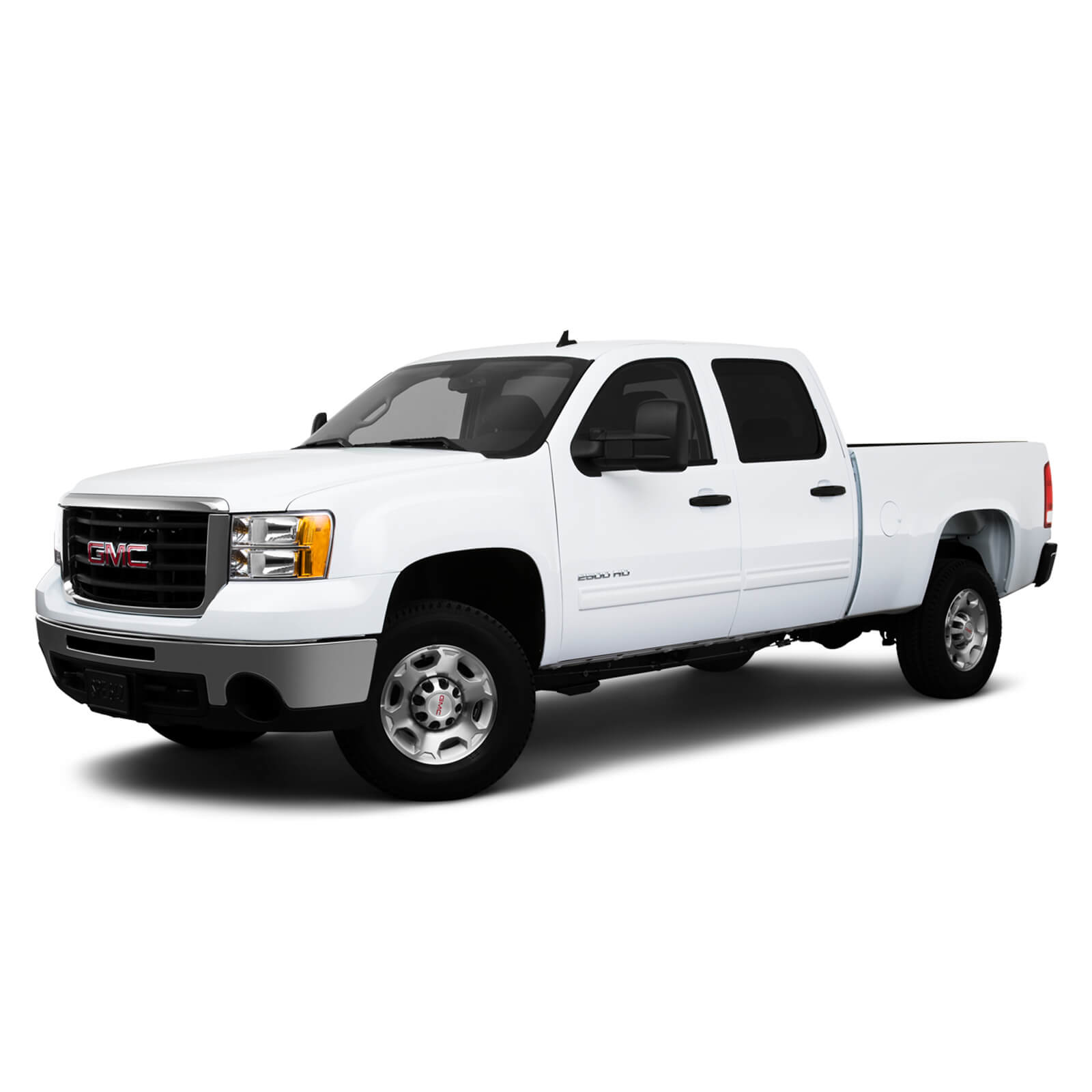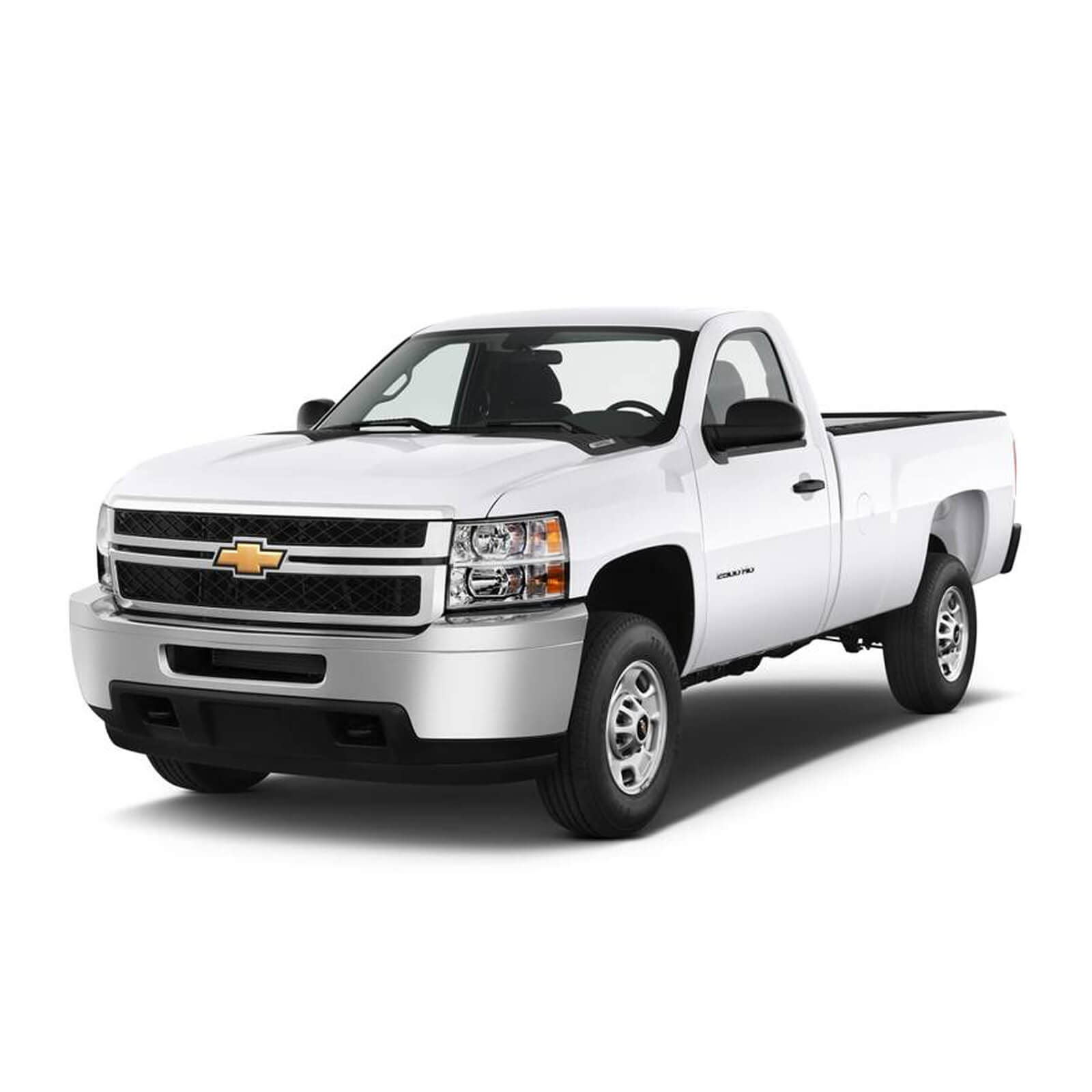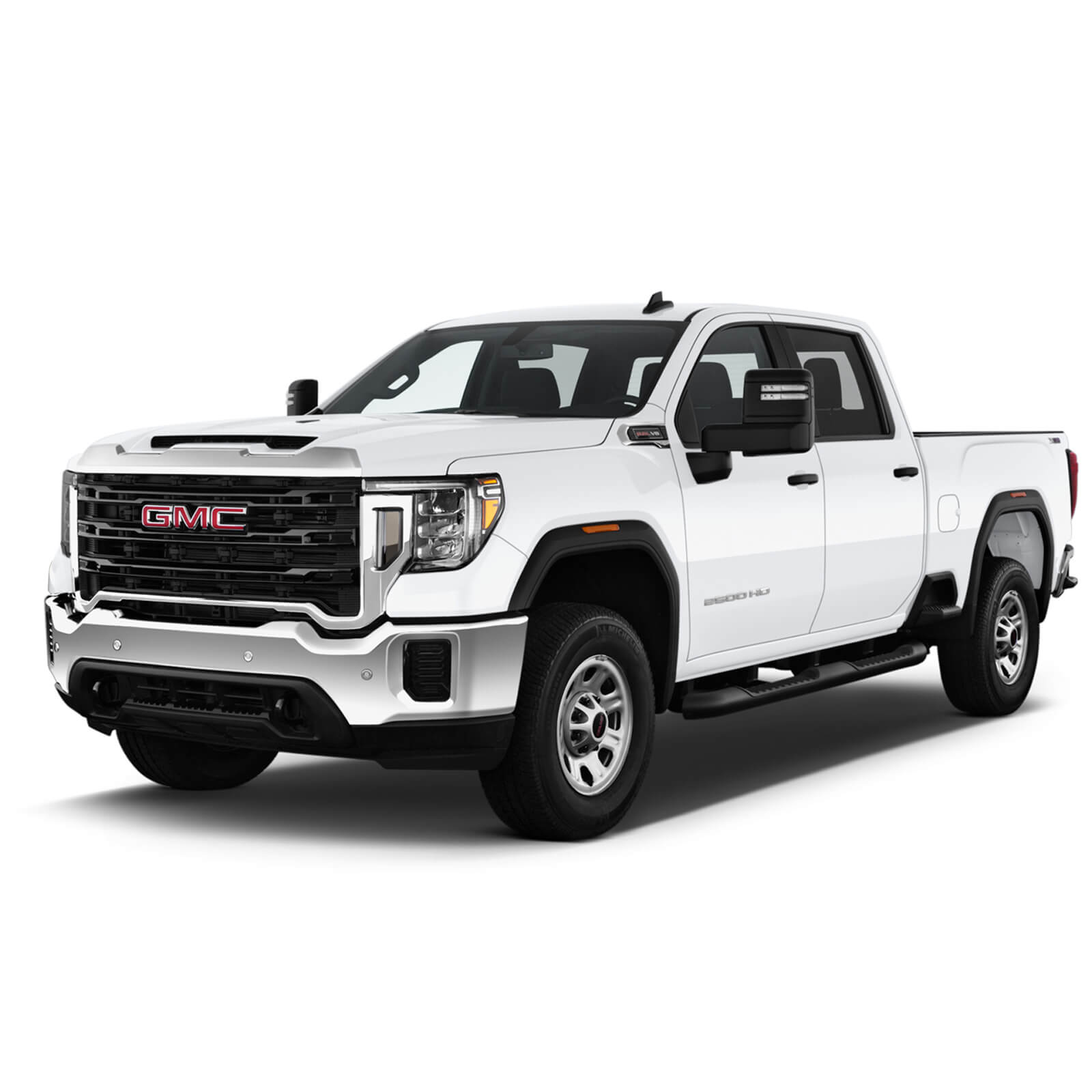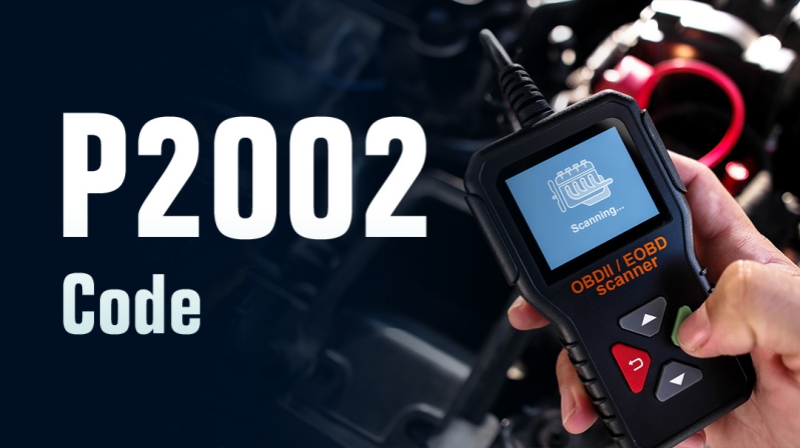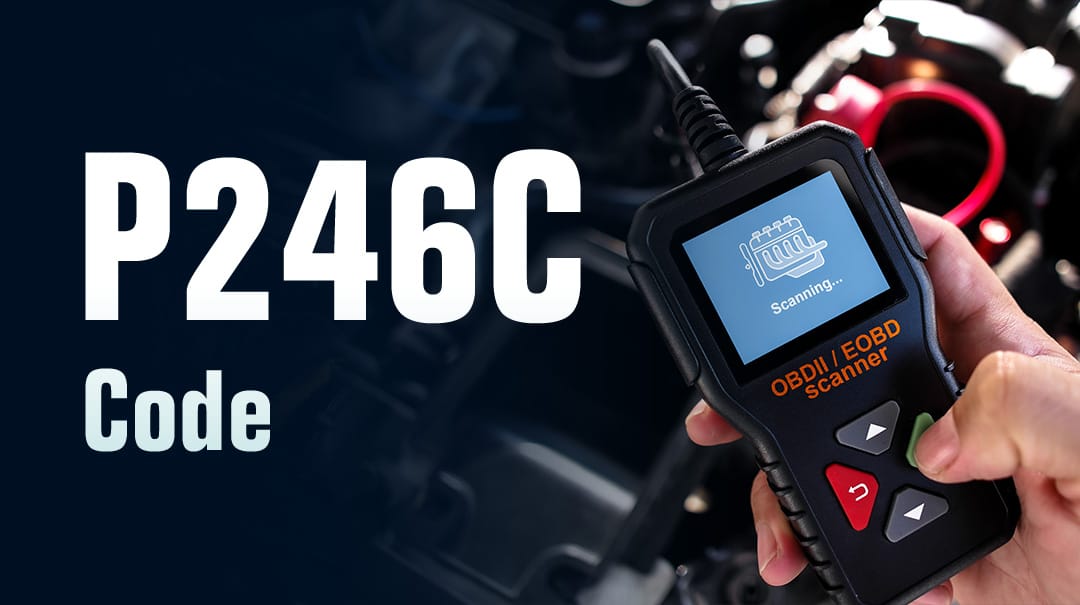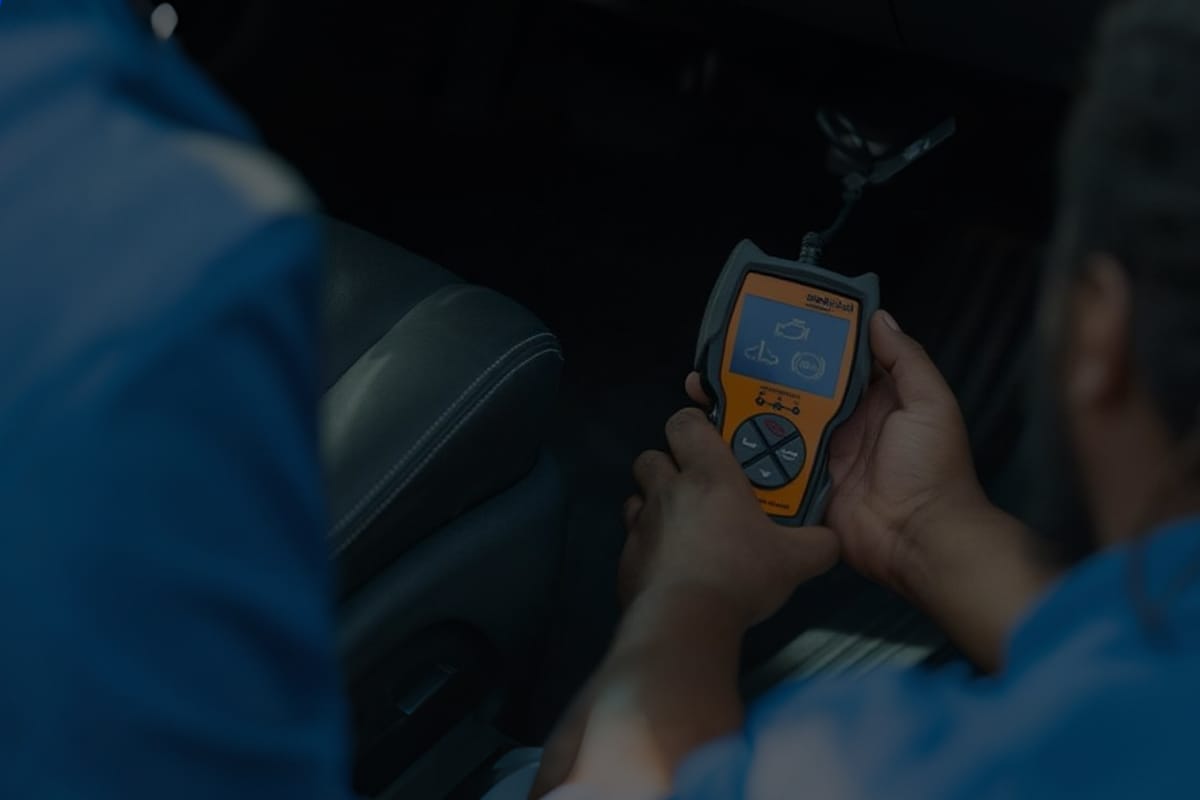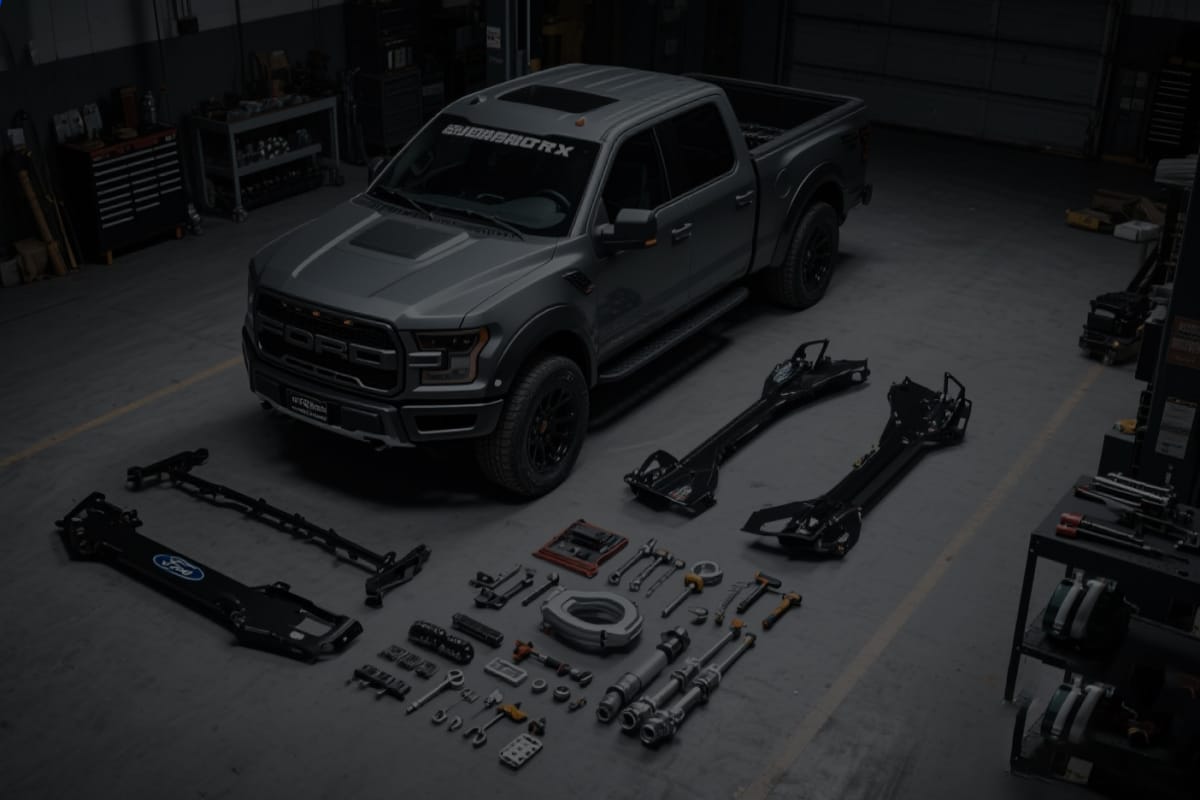Whether you're cruising in a Chevy, Ford, Jeep, or Dodge truck, why not consider upgrading to LED brake lights the next time a bulb needs replacing? LEDs bring a whole bunch of advantages to the table compared to those old-fashioned incandescent bulbs.
This article is here to dive into the perks of LED brake lights and steer you in the right direction when it comes to selecting and installing them in your trusty truck. Buckle up and get ready to see how these cutting-edge bulbs can level up your driving game.
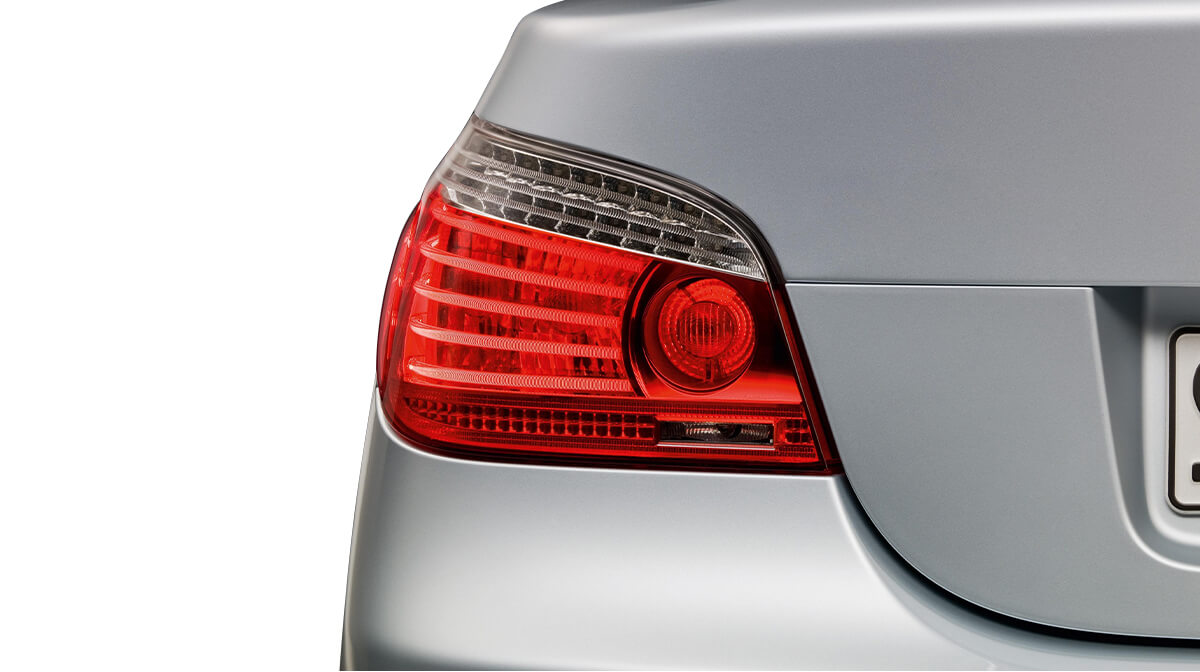
Understanding LED Brake Light Bulbs
What Is an LED Brake Light Bulb?
An LED brake light bulb is a type of light bulb that uses light-emitting diodes to produce light. They are becoming an increasingly popular choice due to their numerous advantages over traditional bulbs.
How Do LED Brake Light Bulbs Work?
LED brake light bulbs work by passing an electrical current through a microchip, which illuminates the tiny light sources we refer to as LEDs. The heat produced is then absorbed into a heat sink, making them significantly cooler than traditional bulbs. Additionally, LEDs turn on and off instantly, allowing for faster brake light activation.
Comparison of LED Brake Light Bulbs with Traditional Bulbs
LED bulbs draw less power, provide brighter light, last longer, and react faster than traditional incandescent bulbs. However, LEDs can be more expensive upfront.
Are LED Brake Lights Better? Here’s Why You Should Use LEDs on Your Truck
LED brake lights are better then traditional halogen bulbs in many ways. In this quick guide, we'll give you compelling reasons to make the switch today.
LED Brake Lights Are Safer
Opting for LED brake lights is a wise first move toward ensuring road safety.
Why?
LED brake lights illuminate your truck's tail lights more swiftly and noticeably compared to their incandescent counterparts.
Unlike traditional bulbs that emit light uniformly, LED tail lights strategically direct the light outward toward vehicles trailing behind. The intense, concentrated illumination from LEDs results in brighter brake lights, considerably enhancing their visibility to other drivers.
Moreover, LEDs boast a quicker response time. They illuminate instantly when current flows through them, outpacing the slower incandescent bulbs. This immediate response offers crucial extra reaction time for drivers behind you.
With standard bulbs, there's an inevitable delay between the moment you press the brake and when the lights glow, as the bulb needs to heat up to generate light.
LEDs Are More Energy-Efficient
LED brake lights are renowned for their lower power consumption in contrast to traditional bulbs. This energy efficiency is a boon for your vehicle, reducing strain on the alternator and leading to fuel savings.
They Last Longer And Are More Durable
LED bulbs are celebrated for their impressive lifespan. With up to 50,000 hours of light, they significantly outlast the usual 1,000 to 2,000 hours offered by incandescent bulbs. This means fewer replacements, saving you time and money.
What's more, the solid construction of LEDs makes them more stable and resilient. While traditional bulbs can be shaken and damaged by temperature fluctuations or rough driving conditions, LEDs remain unaffected. No more worries about bulb failures on bumpy drives!
Easy to Install
Transitioning to LED brake lights is simpler than it might seem, providing another excellent reason to consider LEDs.
LED brake light bulbs are engineered for straightforward replacement of standard bulbs. The internet is replete with resources, including step-by-step videos and installation guides, to make the process a breeze.
Things to Consider About LED Brake Light Bulbs
When selecting LED brake light bulbs, there are several factors to consider, each contributing to the overall performance, safety, and aesthetics of your vehicle.
Compatibility
Before purchasing LED brake light bulbs, it's crucial to ensure the bulb size compatible with your vehicle's make and model. Incorrect bulb size may not fit into the housing properly, leading to poor illumination or falling out.
To find out what brake light bulb you need, check your owner’s manual. Or you can enter your vehicle information using SuncentAuto’s vehicle to locate the LED brake light bulbs replacement quickly.
Brightness
Brightness is a vital factor to consider when choosing brake light bulbs. LEDs are generally brighter than traditional incandescent bulbs, providing better visibility on the road. However, brightness levels can vary between different LED bulbs.
Brightness is typically measured in lumens, so when comparing bulbs, look at their lumen output.
Quality
High-quality bulbs provide a longer lifespan, better brightness, and improved reliability. Look for bulbs from reputable manufacturers who offer warranties on their products. Reviews from other customers can also help gauge the quality of a bulb.
Price
While LED brake light bulbs can be more expensive upfront compared to traditional incandescent bulbs, they can provide cost savings in the long run due to their energy efficiency and long lifespan.
Where to buy:
You can purchase LED brake light bulbs from online retailers like SuncentAuto, local car part stores, or directly from dealerships.
Top brands to consider and why:
Brands like SEALIGHT and Torchbeam stand out for their quality, durability, and impressive performance. They offer a wide range of options to suit different vehicle specifications and personal preferences.
Step-by-Step Guide on Installing LED Brake Light Bulbs
Tools you’ll need
To install LED brake light bulbs, you’ll need a screwdriver, a pair of gloves, and the LED bulbs.
Precautions before starting
Before starting, ensure that your vehicle is turned off and parked on a flat surface. Wear gloves to protect your hands and to avoid getting oils from your skin on the new bulbs.
A Quick Guide of the installation
Step 1. Open the vehicle's trunk and locate the back of the tail light assembly.
Step 2. Remove the screws or clips holding the tail light cover in place.
Step 3. Turn the old bulb counterclockwise and pull it out of the socket.
Step 4. Insert the new LED brake light bulb into the socket and turn it clockwise until it locks into place.
Step 5. Replace the tail light cover and fasten the screws or clips.
Step 6. Turn on your vehicle and test the new LED brake lights.
Tips for maintaining your LED brake light bulbs
To extend the lifespan of your LED brake light bulbs, avoid touching the bulbs with your bare hands during installation, ensure they're properly installed to avoid moisture ingress, and clean them regularly with a soft, dry cloth.
Frequently Asked Questions (FAQs)
Q: Can I put LED bulbs in my brake lights?
Absolutely. LED bulbs can be installed in brake lights, but ensure they are compatible with your vehicle's specifications.
Q: Why do LED brake lights flash?
LED brake lights may flash if there's a mismatch in the poweroutput, often caused by a faulty resistor or poor connection. Always ensure your LED brake lights are installed correctly and compatible with your vehicle's electrical system.
Q: Do LED brake lights burn out?
While all bulbs will eventually burn out, LED bulbs have a significantly longer lifespan than traditional incandescent bulbs. They can last up to 50,000 hours under normal usage.
Q: Do LED brake lights need resistors?
Some LED brake lights may need resistors to prevent hyper flashing or bulb-out warnings. This is because LED bulbs draw less current than traditional bulbs, which can confuse your vehicle's electrical system.
Q: How long do LED brake lights Last?
LED brake lights can last up to 50,000 hours under normal conditions, which is significantly longer than incandescent bulbs.
Conclusion
Switching to LED brake light bulbs is a smart choice for any vehicle owner. They offer numerous benefits including improved safety and performance, reduced energy consumption, and a longer lifespan. The process of choosing and installing LED brake lights can be straightforward if you know what to consider and how to proceed. So, why not make the switch today and start enjoying the benefits of LED technology in your vehicle?





















